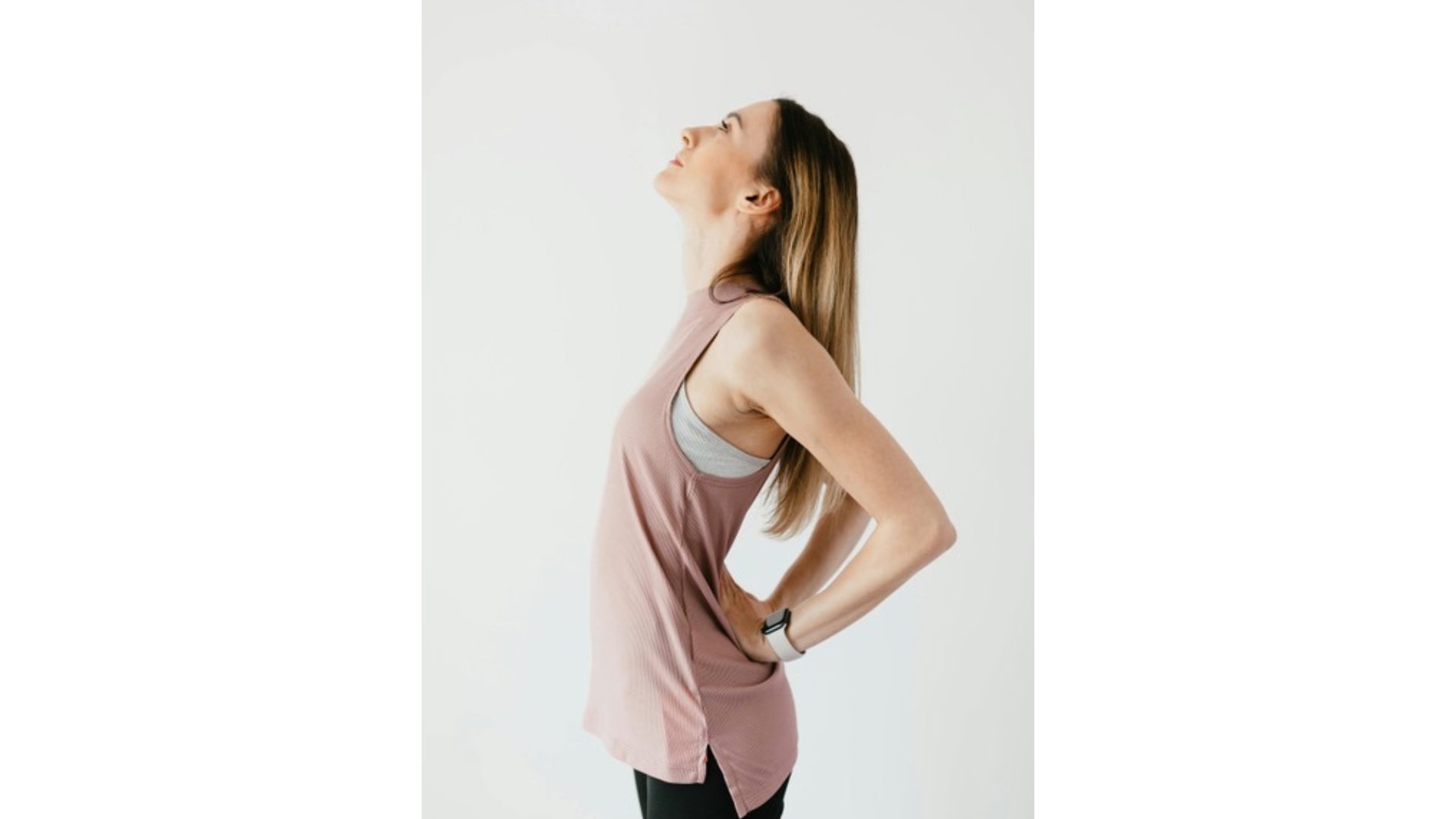Yoga for back pain. For some people it’s a preventative, for others a cure, for some it’s maintenance while for a very rare few it might be a no no. Basically, if you have back pain it’s best to find out what is causing the pain before trying to fix it. Pain is usually caused by either compressed or inflamed nerves, or strained or overstretched muscles and can be safely addressed with a careful yoga practice.
My first introduction to experiencing back pain was the proverbial bend, twist and lift movement when I was reaching down to the washing basket and turning to hang the washing. My back went into spasm and it was some time before I was mobile again. But of course this movement was just the final straw in a lifetime of using my back like a forklift, bulldozer and crane.
Back pain is often the end result of stooping, lack of core strength, repetitive movements or asking too much of it. However back pain also often accompanies degeneration of the discs, osteoporosis and arthritis.
Yoga can be an effective tool by improving flexibility, strength, and posture. Certain yoga asanas (poses) can help alleviate tension in the muscles, promote relaxation, and increase blood flow to the spine.
While most standing poses will strengthen the back and its supportive muscles of the pelvis and torso, some specifically beneficial yoga poses for a sore back include:
- Cat-Cow Stretch: This gentle flow between arching and rounding the back helps to mobilize the spine and relieve tension in the muscles.
- Child’s Pose: A resting pose that stretches the back muscles and promotes relaxation.
- Downward-Facing Dog: This pose elongates the spine and stretches the back and hamstrings.
- Stretching Cat Pose (also known as Pointer or Bird/Dog Pose: Such a great pose for strengthening the glutes, upper and lower back.
- Bridge Pose: Opens up the chest and shoulders while strengthening the back muscles and improving spinal flexibility.
- Sphinx Pose: A gentle backbend that helps to counteract the effects of sitting and slouching.
- Mountain Pose: Teaches and reinforces how we should be walking, sitting and standing.
However, those with back injuries or some specific conditions should avoid or take precautions with certain yoga poses that may exacerbate their symptoms. For example, those with herniated discs or spinal stenosis should always enter and return from a Standing Forward Bend with bent knees. Intense backbends like Wheel Pose should be avoided while deep twisting is contraindicated for many conditions. It’s essential therefore for individuals with serious back issues to consult with a healthcare professional or experienced yoga instructor before starting a yoga practice to ensure they choose appropriate poses and modifications that suit their needs and limitations.
The core instruction however, which applies not only to those who suffer from back pain but to every yoga practitioner, is to practice proper alignment and listen to the body’s cues as you move slowly and mindfully from pose to pose. This can help prevent further injury and promote healing in a sore back.
By Vrndavan Dasi
Founder and Principal of Veda Yoga Teacher Training
